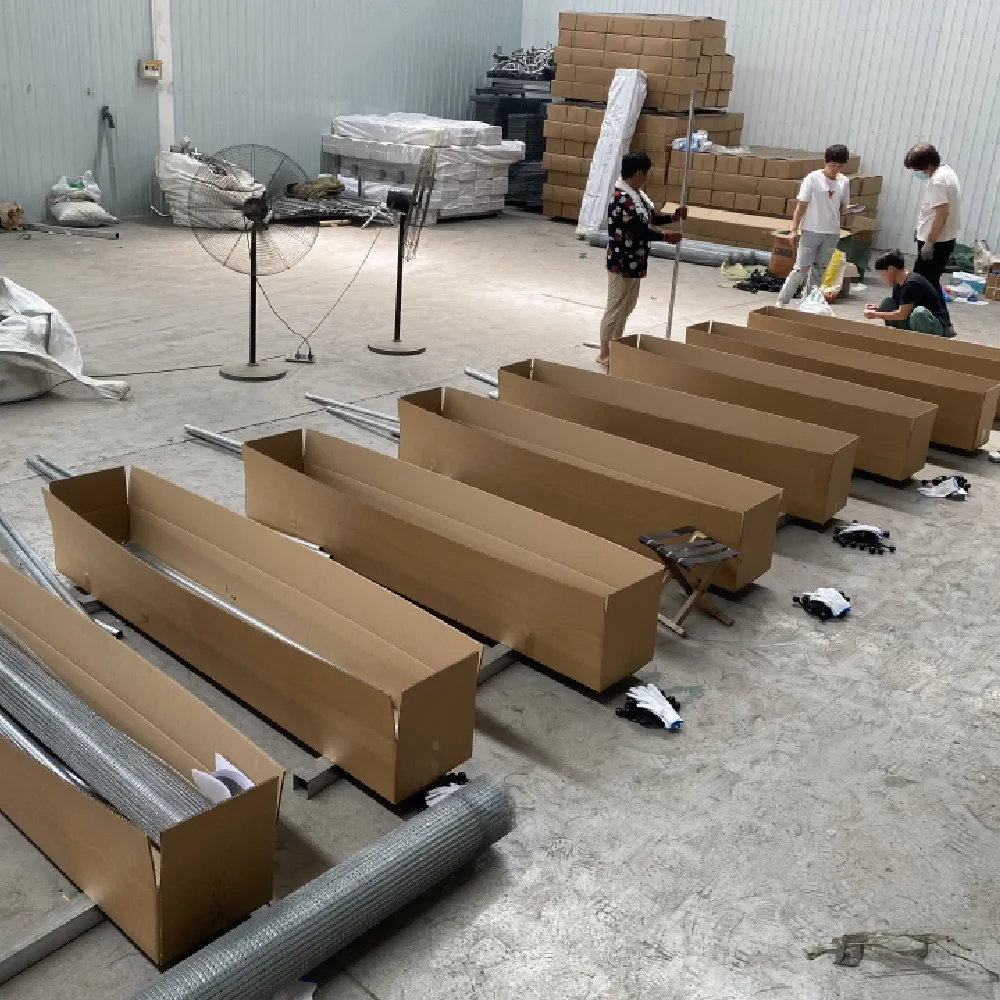The Use of Gabion Box Retaining Walls
Gabion box retaining walls have gained popularity in recent years due to their practical application across various civil engineering and landscaping projects. These structures offer an efficient and visually appealing solution for soil retention, erosion control, and creating functional landscapes. Understanding the features, benefits, and installation of gabion box retaining walls can be essential for anyone looking to enhance their outdoor spaces or manage land effectively.
What is a Gabion Box?
A gabion box is essentially a wire mesh container filled with natural stones or other materials. These boxes come in various sizes and shapes but are typically rectangular or cubic. The wire mesh is usually made from galvanized steel or PVC-coated wire to ensure durability and resistance to corrosion. Once filled with stones, the gabion boxes are stacked to form a wall or structure.
Benefits of Gabion Box Retaining Walls
1. Erosion Control One of the primary functions of gabion box retaining walls is to prevent soil erosion. The porous nature of the wall allows water to flow through, reducing hydrostatic pressure and minimizing the risk of soil movement during heavy rains.
2. Aesthetic Appeal While these walls serve a functional purpose, they can also enhance the visual appeal of a landscape. The natural stones used in gabion boxes can blend seamlessly with the environment, creating an organic look that complements gardens, pathways, or natural features.
3. Cost-Effective Gabion walls can be a more affordable option compared to traditional concrete retaining walls. The materials required are often locally sourced, and the installation process can be less labor-intensive.
4. Environmental Benefits By allowing water to flow through, gabion walls promote natural water drainage and reduce the risk of flooding. Furthermore, they can support local flora and fauna, providing habitats for small animals and plants.
5. Flexibility in Design Gabion walls offer versatility in design and application. They can be constructed at various heights and shapes to suit specific needs, whether for creating terraces in a garden or supporting embankments for roads.
gabion box retaining wall
Installation Process
The installation of gabion box retaining walls involves several key steps
.
1. Site Preparation The area where the wall will be placed must be cleared of debris and levelled to ensure a stable foundation.
2. Choosing Materials Select high-quality gabion boxes and appropriate fill material. Stones should be well-graded to ensure stability and drainage.
3. Setting Up Foundations A solid foundation is critical for the longevity of the wall. Depending on the height and design, it may require a concrete or gravel base.
4. Assembly The gabion boxes are assembled according to the manufacturer’s instructions. They are typically filled with stones on-site, allowing for customization in appearance and weight distribution.
5. Stacking The filled gabion boxes are stacked to the desired height, ensuring proper alignment and stability.
6. Final Adjustments Small gaps can be filled with soil or additional stones, and vegetation can be introduced to enhance the ecological benefits of the installation.
Conclusion
Gabion box retaining walls present a viable solution for various retaining needs. Their unique combination of strength, functionality, and aesthetic benefits make them a preferred choice in both urban and rural settings. As more individuals and communities seek sustainable and cost-effective building solutions, the use of gabion walls is likely to continue to rise, showcasing their adaptability and environmental harmony. Whether for landscaping, erosion control, or stabilization, gabion box retaining walls are undoubtedly a valuable asset in modern construction and design.























